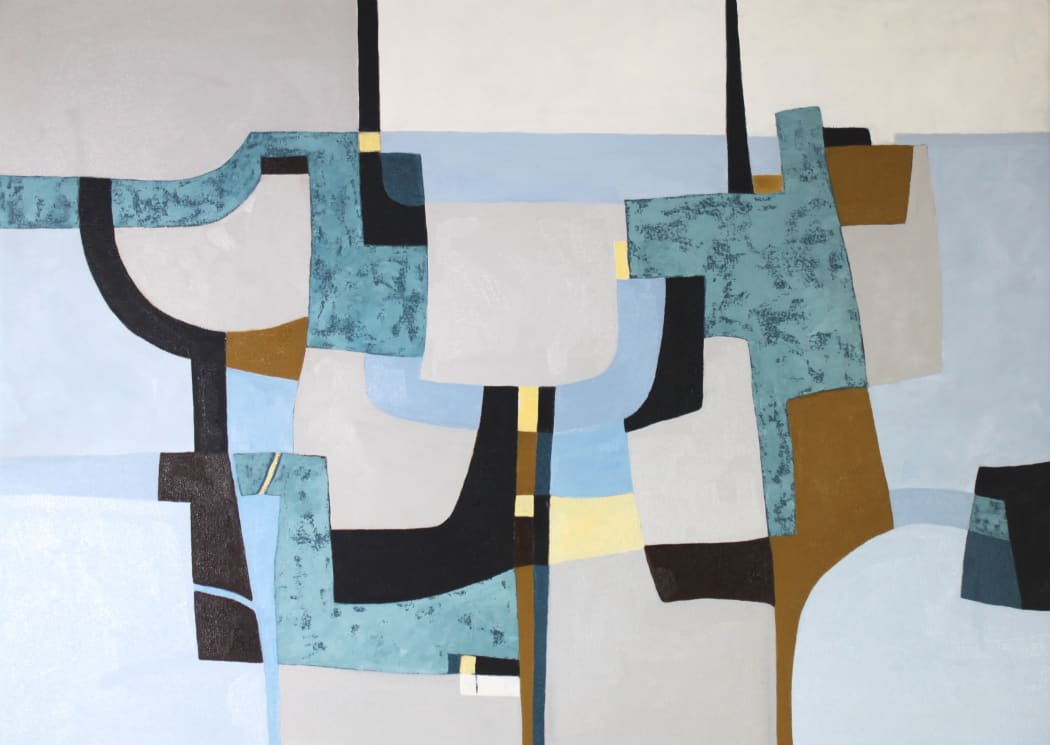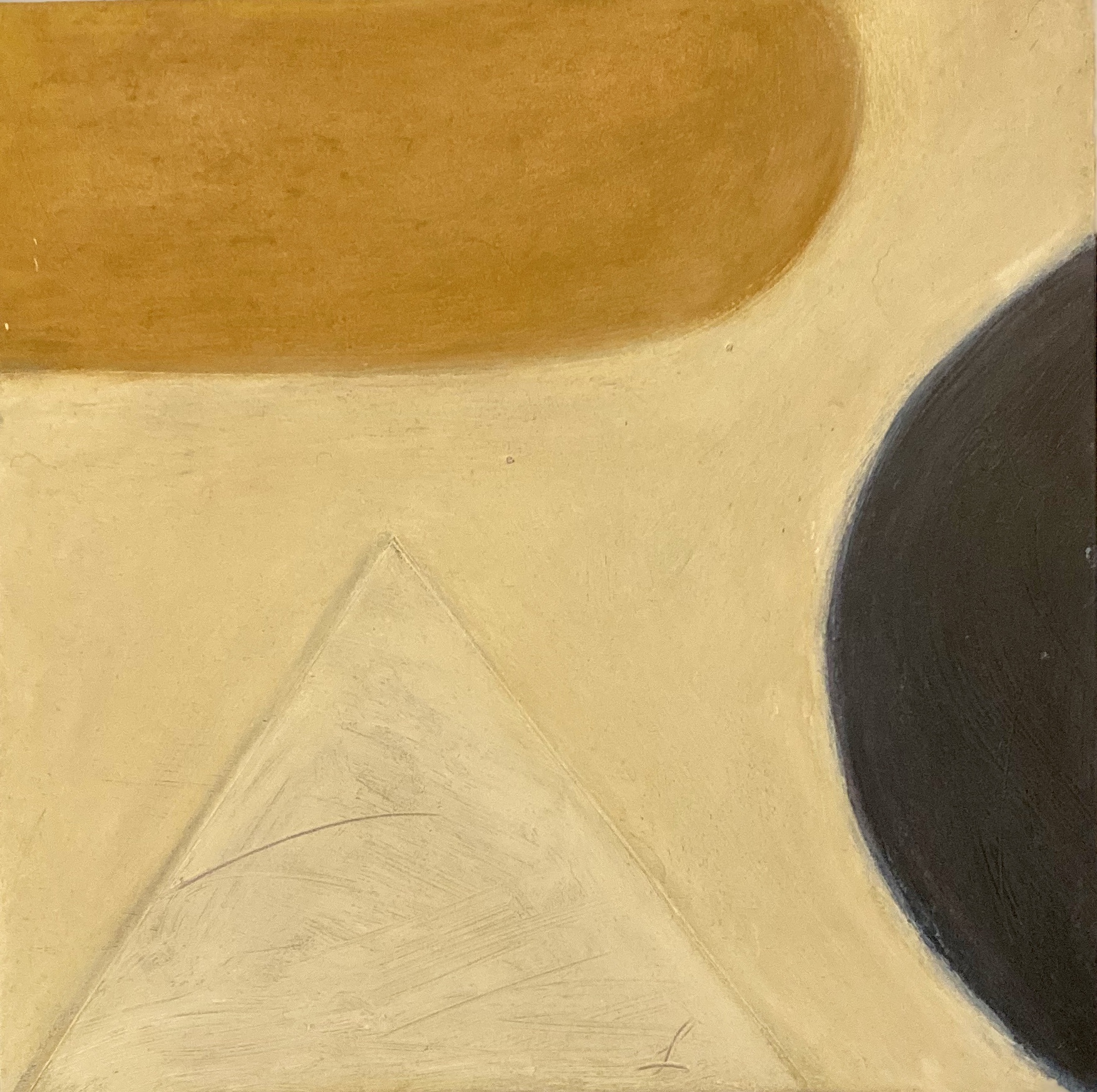
The definition of Abstract Art
According to the Tate Gallery “Abstract Art is art that does not attempt to represent an accurate depiction of a visual reality but instead use shapes, colours, forms and gestural marks to achieve its effect.”
In abstract art, there is no representation of reality, so although you may find shapes you think you recognise, you might interpret the marks and shapes as something totally different to the person standing next to you, something I often find to be the case amongst visitors to my gallery!
Use of titles for Abstract Paintings
The title of a painting can sometimes give you some insight into what an artist is trying to portray a ‘sense’ of. For instance in “Cliff face” below by Dorset based artist, Teresa Lawton. The mere title helps you look for things in the painting that you might not otherwise be looking for.

Talking to Teresa Lawton about her work she says “With paint I can create my version of what bits and pieces I see and put them together. It’s both challenging and pleasing, it’s hugely satisfying sometimes, other times I am full of insecurities and self-doubt. Often my work is abstracted to an extreme, I like to work up the surfaces with layers of paint which makes for a darker more intense painting.
Other artists like to make you do all the work! Like for example in this painting by Sue Munson called “Simple Form 3”, Sue has left the viewer completely free to think what they like about a painting and you are left to enjoy the shapes, tones and colours of the work unhampered by clues.

How Artists become Abstract Painters
The best abstract artists will have had a vigorous classical training and be able to draw beautifully before they move on to abstract painting. I often hear comments such as “my child can paint better than that…..” or “I could do that”, this simply isn’t true, the best abstract painting comes from a distillation of the artists knowledge attained over time.
Abstract Art and St. Ives
Importantly in Britain at the outbreak of the second world war, Ben Nicholson and Barbara Hepworth moved to St. Ives and were at the forefront of the Avant Garde abstract movement, they were soon followed there by many of the great British abstract painters of the 20th Century including Peter Lanyon, Sandra Blow, Patrick Heron, Terry Frost and Wilhelmina Barns-Graham and their influence can be seen in the work of artists working today.
Abstract Art for Interiors
Many interior designers like to use Abstract paintings as they can easily be incorporated in their design schemes and look good in both contemporary and period room designs.
Ultimately to Enjoy Abstract Painting you have to approach it with an open mind, look for shapes, marks and colour combinations that you find satisfying and appeal to your senses. Let your eye wander over the painting and see what it says to you.
Please browse through the website or contact the gallery if you would like help in sourcing abstract British art.




